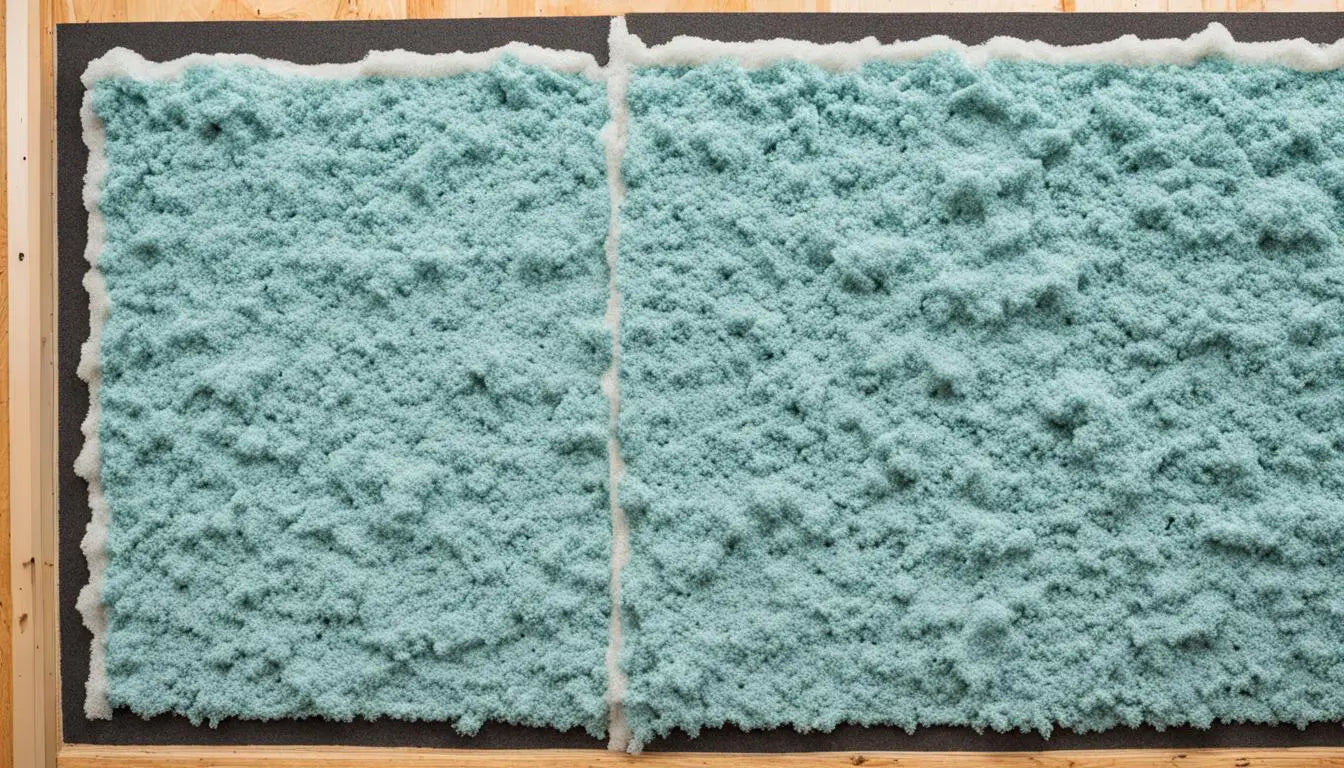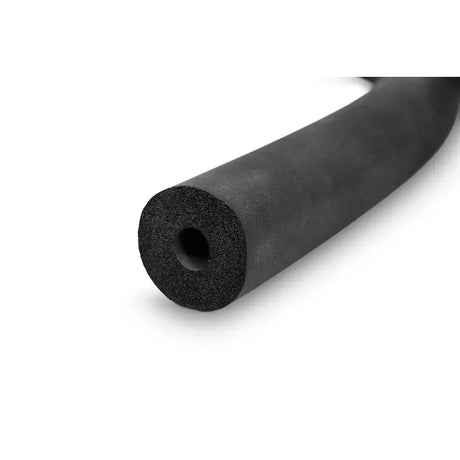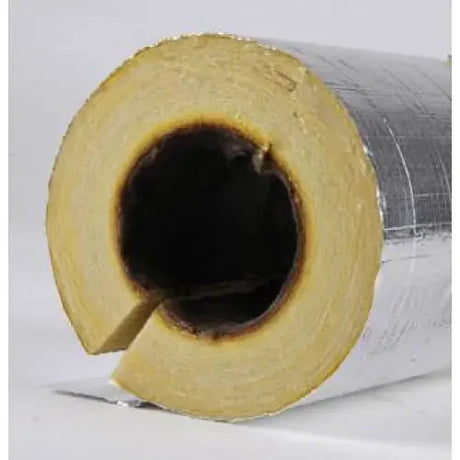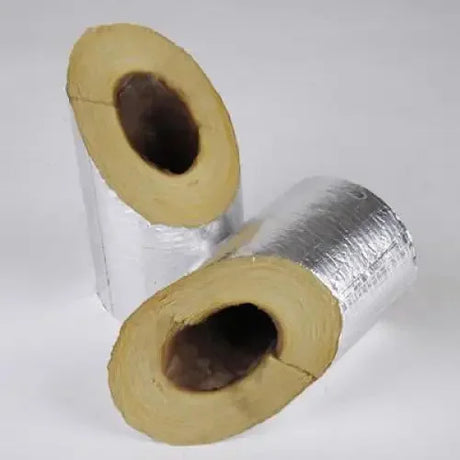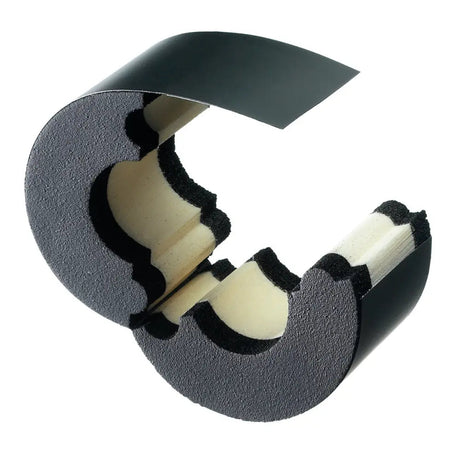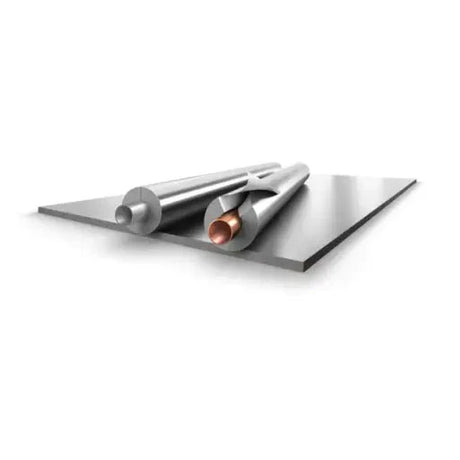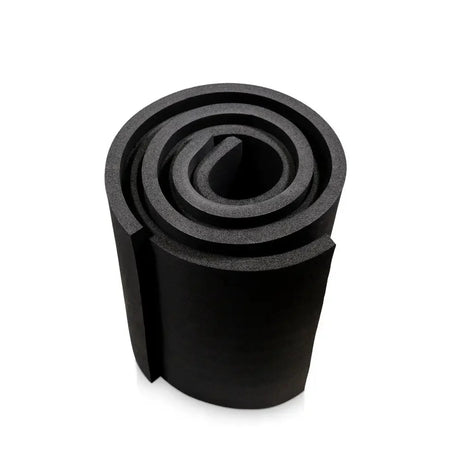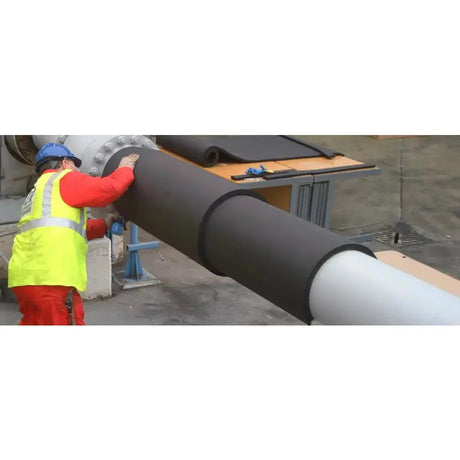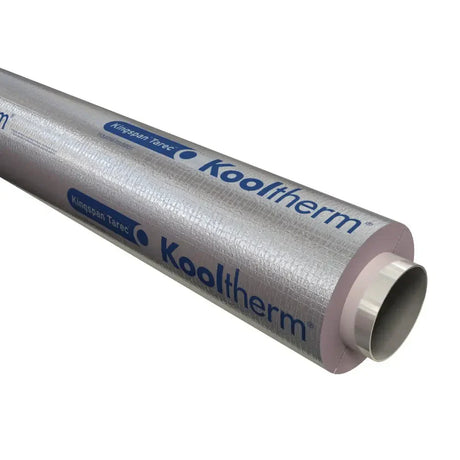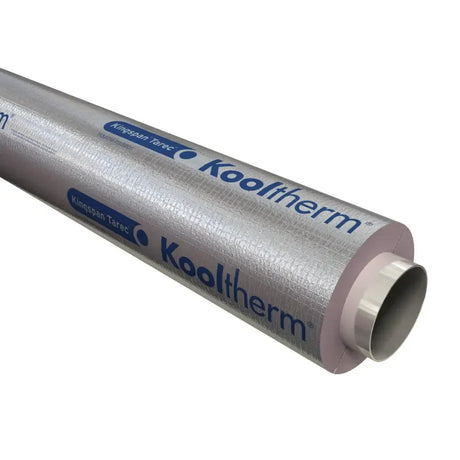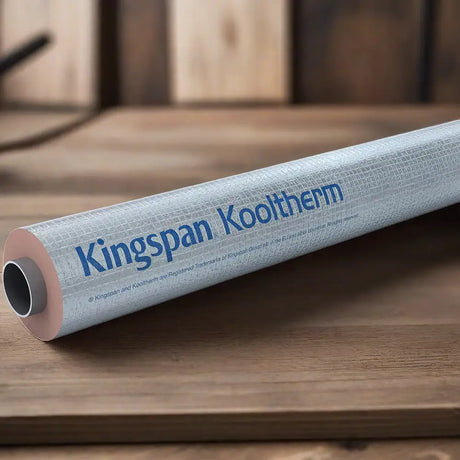As a property owner or construction professional, choosing the right pipe insulation materials is crucial. It impacts energy efficiency, thermal conductivity, insulation r-value, and moisture resistance. With many options like polyethylene foam, elastomeric foam, nitrile rubber, and brands like kaifoam, kaiflex, and armaflex, making the best choice can be challenging. Here, we explore the rubber insulation vs foam insulation debate. We'll investigate the pros and cons of each material regarding installation, costs, and lifespan. By the end, you'll have a clear verdict on which pipe insulation type reigns supreme for your needs.
Understanding the Basics of Pipe Insulation
Pipe insulation offers many benefits. It helps conserve energy by minimising heat loss or gain. This results in lower utility costs and environmental impact. Insulation prevents condensation on cold pipes. This stops moisture damage, mould growth, and corrosion. In cold climates, it prevents pipes freezing and bursting. Pipe insulation also reduces noise by absorbing sounds. It ensures hot water reaches its destination at the right temperature.
Key Factors to Consider When Choosing Pipe Insulation
When selecting insulation, consider these factors:- Thermal conductivity: Choose low conductivity to minimize heat transfer.
- Moisture resistance: Prevent condensation, mould and corrosion.
- Fire resistance: Enhance safety and comply with codes.
- Easy installation: Save time and labour costs.
- Durability: Ensure long-lasting performance and cost-effectiveness.
| Property | Rubber Insulation | Foam Insulation |
|---|---|---|
| Thermal Conductivity | Low | Low to Medium |
| Moisture Resistance | Excellent | Good to Excellent |
| Fire Resistance | Good to Excellent | Fair to Good |
| Ease of Installation | Moderate | Easy |
| Durability | Excellent | Good to Excellent |
Rubber Pipe Insulation: Pros and Cons
Rubber insulation for pipes offers excellent moisture resistance. Closed-cell rubber insulation prevents moisture infiltration, reducing mold growth risk. The rubber material acts as a barrier against water and dampness. Rubber insulation seals nooks and crannies, preventing warm, moist air from entering the insulation layer. This maintains thermal efficiency and reduces condensation risk on pipes. It also adds rigidity to walls, discouraging water accumulation and mold growth. Rubber insulation has excellent thermal conductivity, preventing heat loss from pipes. This maintains the desired fluid temperature, contributing to energy efficiency and cost savings.Advantages of Rubber Insulation
Rubber insulation offers excellent moisture resistance as a closed-cell material. It prevents moisture infiltration, reducing the risk of mold growth. The rubber material acts as a barrier against water and dampness. It seals nooks and crannies, preventing warm, moist air from entering the insulation layer. This feature helps maintain thermal efficiency and reduces condensation risk on pipes. Additionally, rubber insulation adds rigidity to walls, discouraging water accumulation. Rubber insulation has excellent thermal conductivity, effectively preventing heat loss from pipes. This helps maintain the desired fluid temperature, contributing to energy efficiency and potential cost savings.Disadvantages of Rubber Insulation
Proper application and curing are crucial for rubber insulation. If not installed correctly or cured fully, it may not perform as expected, reducing effectiveness in preventing moisture intrusion and heat loss. Rubber insulation can be costlier than some other insulation materials like foam insulation. The initial investment may be more substantial, though long-term benefits and durability should be considered. Rubber insulation may have a shorter lifespan than some other insulation types. It can also be challenging to install in tight spaces.| Advantages | Disadvantages |
|---|---|
| Excellent moisture resistance | Requires proper application and curing |
| Seals nooks and crannies | Higher cost compared to some other insulation materials |
| Adds rigidity to walls | May have a shorter lifespan than some other insulation types |
| Good thermal conductivity | Can be more difficult to install in tight spaces |
Foam Pipe Insulation: Pros and Cons
Foam pipe insulation is a popular choice. It's made from polyethylene foam. It offers excellent thermal conductivity. It's also moisture-resistant. However, it has some drawbacks. These should be considered before deciding.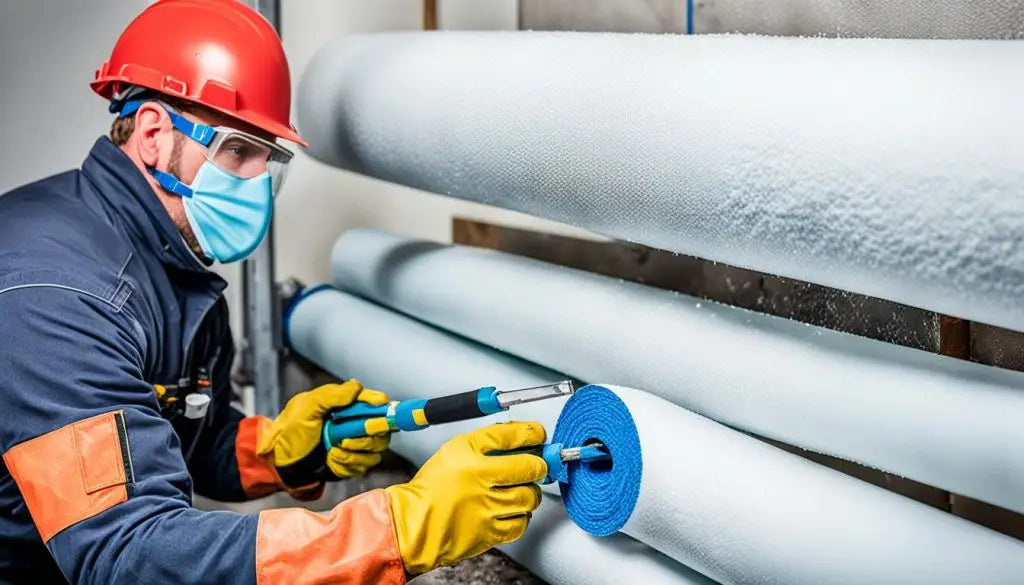
Benefits of Foam Insulation
One main advantage is affordability. It's cheaper than rubber insulation. Foam insulation has a high R-value. This measures insulation's heat resistance. Another benefit is easy installation. Foam insulation is flexible. It can be cut for pipes. This allows seamless, efficient installation.Drawbacks of Foam Insulation
A potential issue is moisture protection. Open-cell foam may not protect well. It may be less effective than closed-cell. Proper installation is crucial. If installed incorrectly, moisture can penetrate. This can lead to mold growth.| Insulation Type | Thermal Conductivity (W/mK) | R-Value (per inch) | Moisture Resistance | Cost |
|---|---|---|---|---|
| Polyethylene Foam | 0.035 - 0.040 | 3.6 - 4.0 | Good | Low |
| Closed-Cell Rubber | 0.033 - 0.036 | 4.2 - 4.5 | Excellent | High |
Is Rubber Pipe Insulation Better Than Foam?
When looking at pipe insulation, rubber or foam are common choices. Both have pros and cons, so compare them carefully to find the best fit. Rubber pipe insulation, especially closed-cell, resists moisture better than foam. This prevents mold growth and maintains thermal efficiency in humid areas. Rubber also lasts longer and is more durable. However, foam pipe insulation costs less upfront. While cheaper, it can still insulate adequately if installed and maintained properly. Consider long-term costs and environmental impact, not just upfront costs. Rubber's durability and moisture resistance may save more energy over its lifespan, despite the higher initial cost. The table compares key properties of foam rubber and foam plastic pipe insulation:| Property | Foam Rubber | Foam Plastic |
|---|---|---|
| Thermal conductivity (K-value) | Lower (better insulation) | Higher |
| Continuous service temperature (upper limit) | NBR/PVC: 104°C (220°F) EPDM: 125°C (257°F) | 93°C (200°F) |
| Fire safety (ASTM E 84 or UL 723) | Usually passes | May not pass at greater thicknesses |
| Density | More flexible | More rigid |
| Cost | Higher | Lower |

